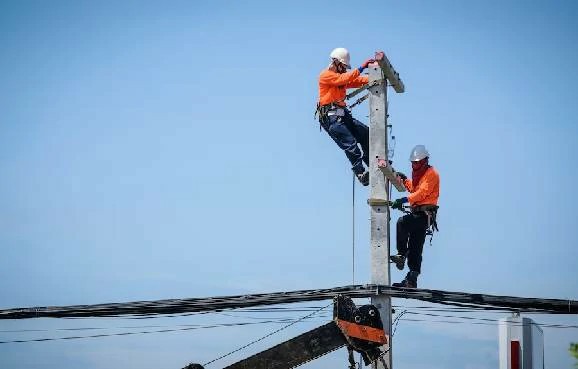


 349,500 Offered Certificates
349,500 Offered Certificates
 24/7 Online Training
24/7 Online Training
 Money Back Guarantee
Money Back Guarantee
 Fully Accredited Courses
Fully Accredited Courses

Created at: 22-02-2025 17:34
In industries where workers undertake tasks at elevated heights, ensuring their safety is not just a burden but a priority. Working at Heights training is crucial for reducing workplace accidents, safeguarding personnel, and maintaining compliance with legal regulations. This guide offers practical insights into how businesses can incorporate Working at Heights safety training into their policies effectively.
Working at Heights exposes employees to potential hazards that could lead to serious injuries or fatalities. According to occupational safety statistics, falls from heights are a leading cause of workplace injuries. Thus, investing in Working at Heights training is essential for:
Embedding Working at Heights training into your company’s safety policies requires a multifaceted approach. Here are key strategies to effectively implement this training:
Before integrating any training program, it’s critical to conduct thorough risk assessments to identify specific hazards associated with working at heights in your business. This process should include:
Armed with this information, you can tailor your Working at Heights safety course to address your specific safety concerns effectively.
All employees working on or near heights should complete certified training. Consider implementing:
It's crucial to choose reputable providers for your Working at Heights certification Ireland, ensuring the program meets local safety regulations.
Safety training is not a one-time event. Regular refresher training should be mandated to ensure that all employees remain compliant and updated on the latest safety procedures, equipment, and regulations. Consider implementing:
These initiatives help reinforce the importance of safety and can significantly reduce the likelihood of accidents occurring.
Internal safety audits are an essential tool for monitoring compliance and identifying areas for improvement. Regular audits should focus on:
Conducting these audits enables management to make informed decisions about necessary enhancements to the Working at Heights safety course and policies.
Robust record-keeping ensures that your business remains compliant with health and safety regulations. Establishing a compliance tracking system can help:
Utilizing software for tracking compliance can streamline this process, ensuring that all safety documentation is readily accessible.
Creating a strong culture of safety within your organization not only helps mitigate risks but also enhances employee morale and productivity. Here are techniques to instill a safety-first mentality:
Several companies have successfully integrated Working at Heights training into their safety policies, leading to significant reductions in accidents:
The integration of Working at Heights safety training into your business policies is not merely about compliance; it's about fostering a culture committed to safety and prevention. By conducting risk assessments, implementing mandatory training, and establishing regular audits, your business can significantly enhance its safety measures. Take action today—enroll your team in a certified Working at Heights Course or Working at Heights Course Online to ensure the safety and well-being of your valued workforce. For further guidance and training options, feel free to contact us at [email protected] or visit our training page.